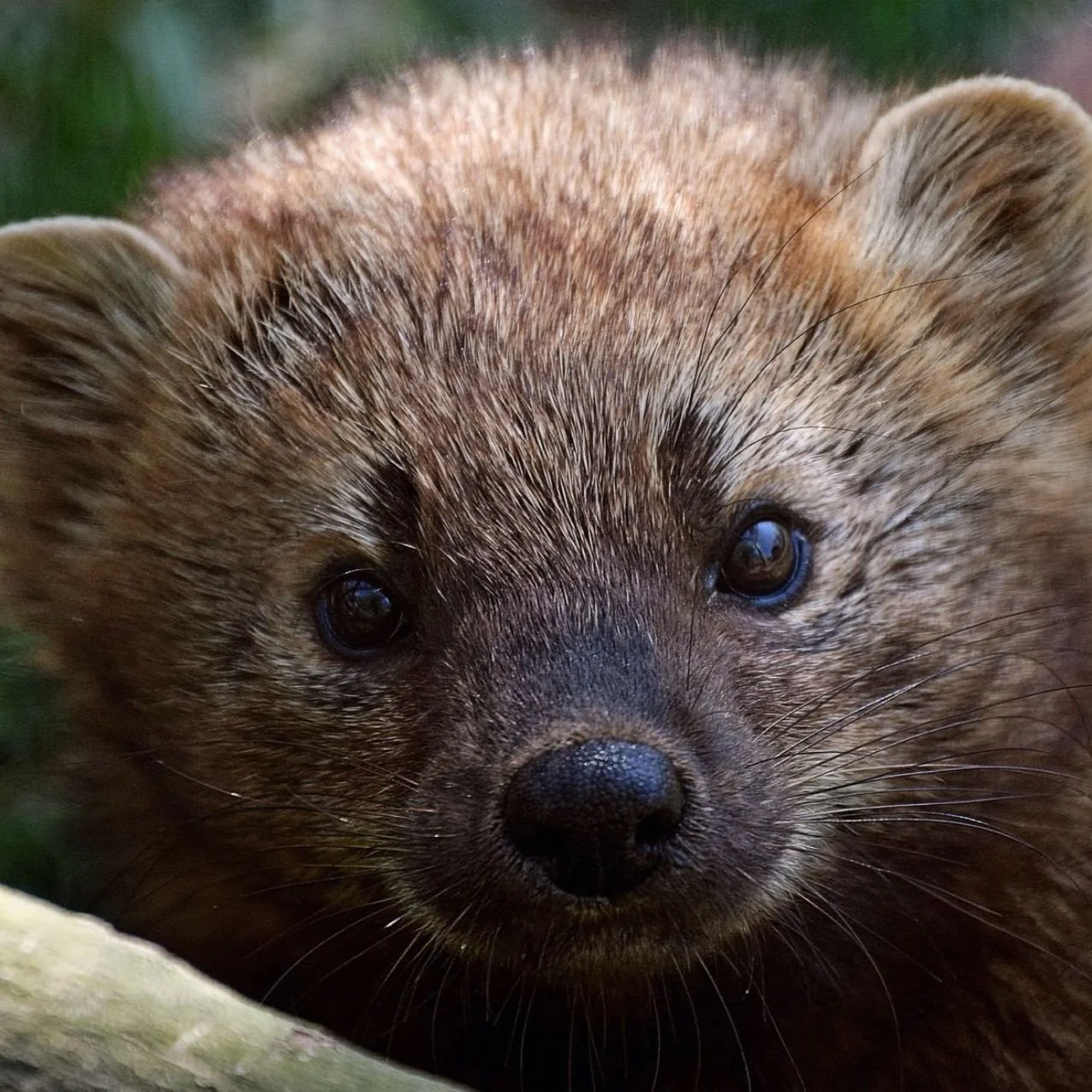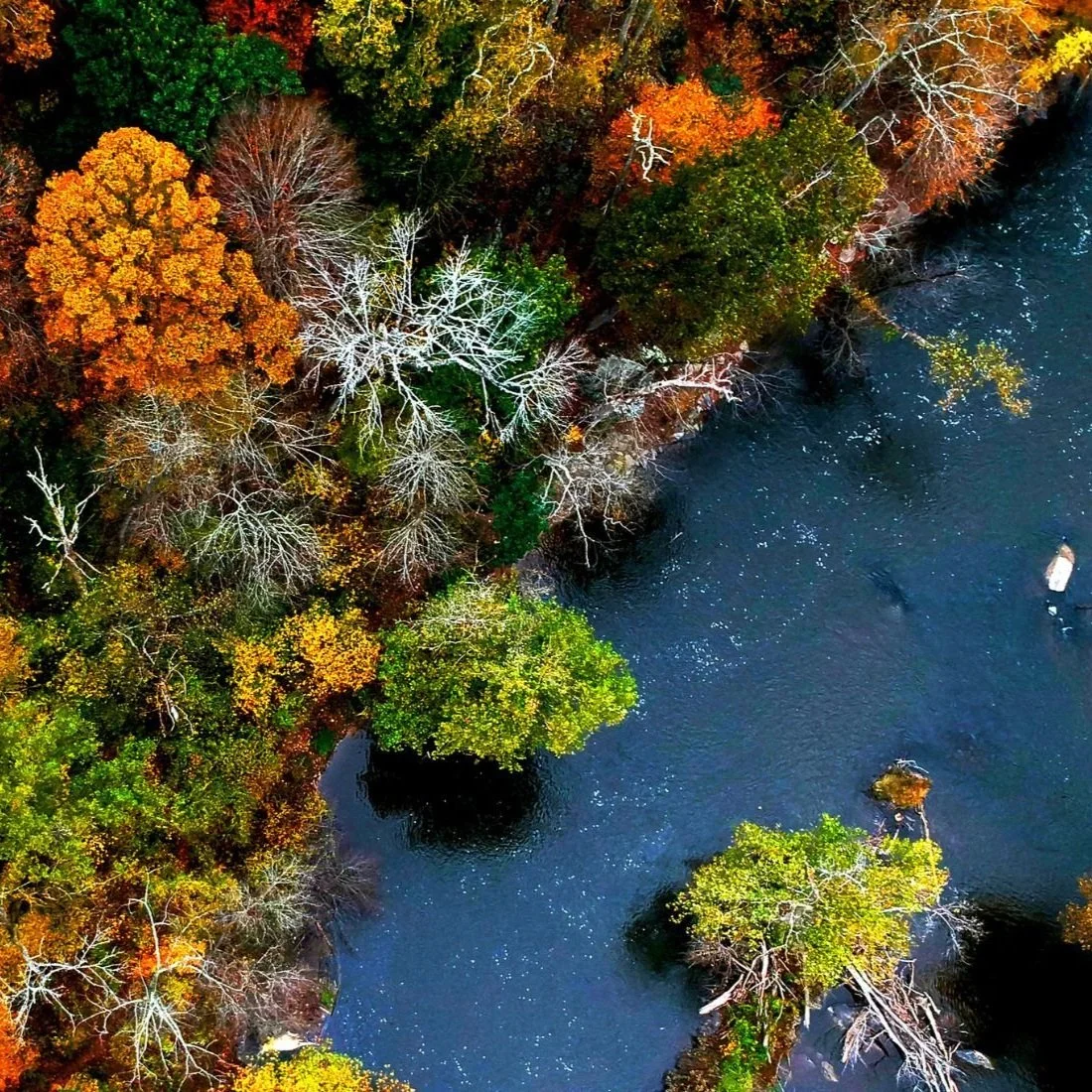6 types of trash that harm local animals (and what you can do to help)
/The dangerous plastics and trash we commonly find in the Potomac River
Photo courtesy of William Macfarland, macfarlandphoto.net
You may have heard about dead whales with bellies full of plastic or sea turtles choking on straws lodged up their noses. But you don’t have to go out to sea to find wildlife being affected by our plastics and trash.
Even as temperatures cool and we spend more time inside, local animals are out in the river, swimming through litter. Luckily there is one creature who doesn’t take a break when temperatures start to drop: Team Potomac volunteers!
Our volunteers understand better than most how much trash there really is in our watershed- and that these 6 types of litter are particularly prevalent. Be a good neighbor to the animals that depend on a clean river by reducing your use of, and removing, these harmful items:
Fishing line and accessories
How it harms wildlife: Fishing line can get tangled in legs and wings, and when eaten it can cause lethal obstructions. Lead weights look like food to many birds and can cause lead poisoning. Fishing line also takes a very long time to break down.
2. Styrofoam (polystyrene foam)
How it harms wildlife: Food remnants found on Styrofoam takeout containers encourage animals to eat the container too, which can lead to choking and digestive problems. Styrofoam is quick to breakdown and the tiny pieces are eaten by fish. The Anacostia Watershed Society reported that by volume, a quarter of the trash that is collected from the river is Styrofoam.
While Styrofoam is now partially banned in Washington, DC and Maryland, it is allowed in our other watershed states of Pennsylvania, Virginia, and West Virginia.
3. Plastic bags
How it harms wildlife: Aside from being a dangerous choking and digestion hazard, once consumed, plastic chemicals can cause excess hormones. In fact, over 80 percent of male smallmouth bass fish in the Potomac are intersex (have female egg cells).
4. Cigarette butts
How it harms wildlife: Many people don’t realize that cigarette filters are made from plastic. Cigarette butts are toxic for animals when eaten, are not biodegradable, and can leach toxic chemicals in the river when soaked in water.
5. Chewing gum
How it harms wildlife: Gum is more than a nuisance that gets stuck to our shoes. It can get in fur and feathers and inhibit an animal’s movement. And unlike food, it doesn't provide animals with sustenance.
6. Balloons
How it harms wildlife: Innocently letting go of a balloon can mean danger for local animals. Balloons are sometimes falsely marketed as "biodegradable." Latex balloons actually contain chemicals and take years to break down. When an animal swallows a balloon, it can block its intestinal tract, leading to starvation.
Volunteer and help local wildlife!
Together we can make the Potomac and local trails a safe haven for wildlife.
Volunteer at our National Public Lands Day Clean-up on September 28th! We'll be out collecting litter on Theodore Roosevelt Island with co-hosts Corazón Latino and American Rivers. Sign up to save wildlife today>
Get local wildlife and river news delivered to your inbox.
Sign up to receive our monthly River Update email.
100% Private. We don’t spam.






















Curious to know why some animals prefer living in the liminal spaces of the day, and which critters to keep an eye out for on your next dawn stroll or twilight hike? Let’s illuminate this fascinating – and, if you ask us, underappreciated – side of wildlife behavior!